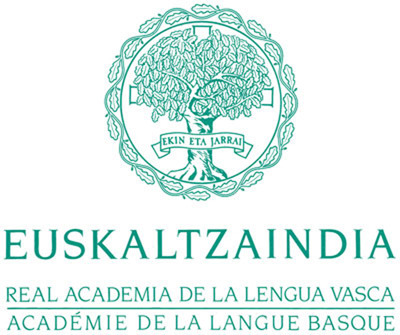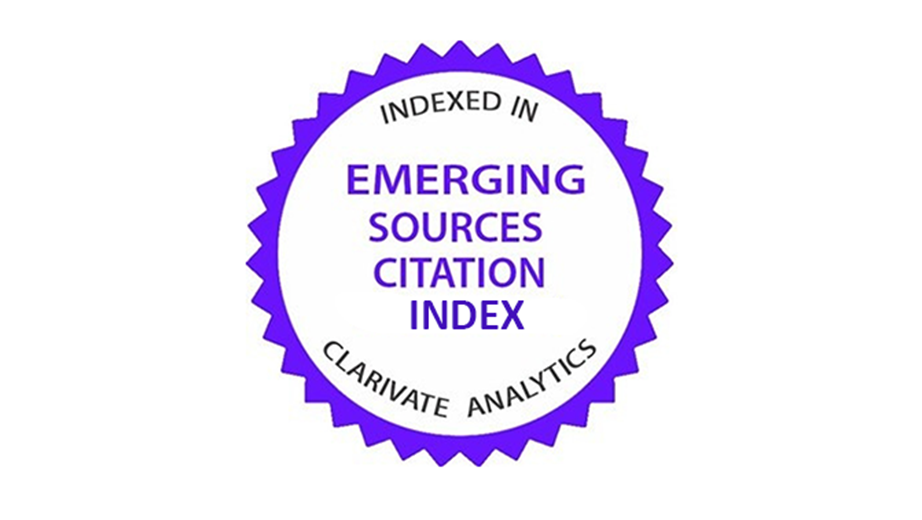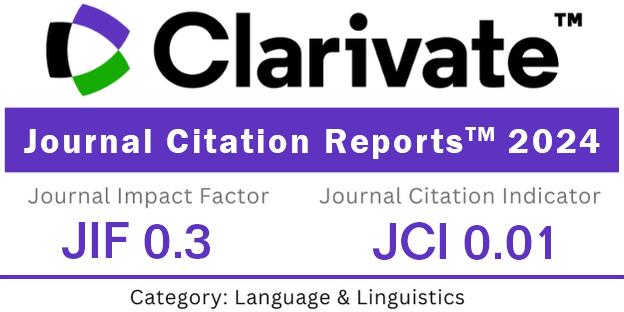Gezurra dirudi: hizkuntza figuratiboa, zeharkako gezurrak eta hiztunaren konpromisoa
DOI:
https://doi.org/10.59866/eia.v1i70.292Gako-hitzak:
gezurra, ironia, hiztunaren konpromisoa, metafora, inplikatura, ukagarritasunaLaburpena
Gezurra zer den, edo gezurra esatea zertan datzan, argitzea da lan honen helburua. Hasteko, pragmatikaren esparruan gezurraren definizioak sortu dituen eztabaidak azaldu ditut, hiru auzi ardatz hartuta: esatearen auzia, faltsutasunaren auzia eta engainatzeko asmoaren auzia. Ondoren, gezurrak definitzean inplikatura ez-zintzoek sortzen duten korapiloari jarri diot arreta: azaldu dut zergatik uste dudan inplikatura horiek gezurtzat hartu behar direla, eta bidenabar defendatu dut hiztunaren konpromisoaren ideian oinarrituta azaltzen direla ondoen gezurrak, oro har, eta inplikatura bidezko gezurrak, zehazki.
Deskargak
Erreferentziak
Adler, J.E. (1997). «Lying, deceiving, or falsely implicating», The Journal of Philosophy 94 (9): 435-452. DOI: https://doi.org/10.2307/2564617
Alston, W.P. (2000). Illocutionary Acts and Sentence Meaning. Cornell University Press.
Benton, M.A. (2017). «Lying, belief, and knowledge», in J. Meibauer (arg.), The Oxford handbook of lying. Oxford University Press: 120-133. DOI: https://doi.org/10.1093/oxfordhb/9780198736578.013.9
Brabanter de, P. eta Dendale, P. (2008). «Commitment: the term and the notions», Belgian Journal of Linguistics 22 (1): 1-14. DOI: https://doi.org/10.1075/bjl.22.01de
Caminada, M. (2009). «Truth, Lies and Bullshit; Distinguishing Classes of Dishonesty», Proceedings of the 2009 IJCAI Workshop on Social Simulation.
Carson, T.L. (2006). «The definition of lying», Noûs 40 (2): 284-306. DOI: https://doi.org/10.1111/j.0029-4624.2006.00610.x
Carston, R. (2002). Thoughts and Utterances. Blackwell. DOI: https://doi.org/10.1002/9780470754603
Chisholm, R.M. eta Feehan, T.D. (1977). «The intent to deceive», The Journal of Philosophy 74: 143-159. DOI: https://doi.org/10.2307/2025605
Coleman, L. eta Kay, P. (1981). «Prototype semantics: the English word lie», Language 57 (1): 26-44. DOI: https://doi.org/10.1353/lan.1981.0002
Dynel, M. (2011). «A web of deceit: a neo-Gricean view on types of verbal deception», International Review of Pragmatics 3: 139-167. DOI: https://doi.org/10.1163/187731011X597497
Fallis, D. (2009). «What is lying?», The Journal of Philosophy 106: 29-56. DOI: https://doi.org/10.5840/jphil200910612
Fried, C. (1978). Right and Wrong. Harvard University Press. DOI: https://doi.org/10.4159/harvard.9780674332508
Friend, S. (2017). «The Real Foundation of Fictional Worlds», Australasian Journal of Philosophy 95 (1): 29-42. DOI: https://doi.org/10.1080/00048402.2016.1149736
Garmendia, J. eta Korta, K. (2007). «The point of irony», in M. Aurnague, K. Korta eta J.M. Larrazabal (arg.), Language, Representation and Reasoning. University of the Basque Country Press: 189-200.
Garmendia, J. (2013). «Ironically saying and implicating», in C. Penco eta F. Domaneschi (arg.), What is Said and What is Not. The Semantics/Pragmatics Interface: 225-241.
Garmendia, J. (2018). Irony. Key topics in Semantics and Pragmatics. Cambridge University Press. DOI: https://doi.org/10.1017/9781316136218
Garmendia, J. (2023). «Lies we don’t say: Figurative language, commitment, and deniability», Journal of Pragmatics 218: 183-194. DOI: https://doi.org/10.1016/j.pragma.2023.11.003
Grice, H. P. (1967a). «Logic and conversation» (/1989), in P. Grice, Studies in the Way of Words. Harvard University Press: 22-40.
Grice, H. P. (1967b). «Further notes on logic and conversation» (/1989), in P. Grice, Studies in the Way of Words. Harvard University Press: 41-57.
Hardin, K.J. (2010). «The Spanish notion of lie: revisiting Coleman and Kay», Journal of Pragmatics 42: 3199-3213. DOI: https://doi.org/10.1016/j.pragma.2010.07.006
Holguín, B. (2021). «Lying and knowing», Synthese 198: 5351-5371. DOI: https://doi.org/10.1007/s11229-019-02407-2
Horn, L.R. (2017). «Telling it slant: toward a taxonomy of deception», in J. Giltrow eta D. Stein, (arg.), The Pragmatic Turn in Law. Walter de Gruyter: 23-56. DOI: https://doi.org/10.1515/9781501504723-002
Kapogianni, E. (2018). «Ironic implicature strength and the test of explicit cancellability», Intercultural. Pragmatics 15 (1): 1-27. DOI: https://doi.org/10.1515/ip-2017-0028
Korta, K. eta Zubeldia, L. (2014). «The contribution of evidentials to utterance content: Evidence from the Basque reportative particle omen», Language 90-2: 389-423. DOI: https://doi.org/10.1353/lan.2014.0024
Korta, K. (2022). «Meaning and use of the Basque particle bide», in X. Artiagoitia, A. Elordieta eta S. Monforte (arg.), Discourse Particles. Syntactic, semantic, pragmatic and historical aspects. Linguistik Aktuell/Linguistics Today 276. John Benjamins: 209-227. DOI: https://doi.org/10.1075/la.276.08kor
Krauss, S. F. (2017). «Lying, Risk and Accuracy», Analysis 77 (4): 726-734. DOI: https://doi.org/10.1093/analys/anx105
Kroon, F. eta Voltolini, A. (2019). «Fiction», The Stanford Encyclopedia of Philosophy (2019ko Negua), Edward N. Zalta (arg.). Kontsultagai: [https://plato.stanford.edu/archives/win2019/entries/fiction/].
Lackey, J. (2013). «Lies and Deception: An Unhappy Divorce», Analysis 73 (2): 236-248. DOI: https://doi.org/10.1093/analys/ant006
MacIntyre, A. (1994). «Truthfulness, lies, and moral philosophers: What can we learn from Mill and Kant?», The Tanner Lectures. Princeton University. (1994ko apirilak 6 eta 7).
Mahon, J.E. (2007). «A Definition of Deceiving», International Journal of Applied Philosophy 21 (2): 181-194. DOI: https://doi.org/10.5840/ijap20072124
Marsili, N. (2014). «Lying as a Scalar Phenomenon», in S. Cantarini, W. Abraham, W. eta E. Leiss (arg.), Certainty-Uncertainty and the Attitudinal Space in Between. John Benjamins Publishing Company: 153-173. DOI: https://doi.org/10.1075/slcs.165.09mar
Marsili, N. (2018). «Lying and Certainty», in J. Meibauer (arg.), The Oxford Handbook of Lying. Oxford University Press: 169-182. DOI: https://doi.org/10.1093/oxfordhb/9780198736578.013.12
Marsili, N. (2019). «Immoral lies and partial beliefs», Inquiry 65 (1): 117-127. DOI: https://doi.org/10.1080/0020174X.2019.1667865
Marsili, N. (2021). «Lying, speech acts, and commitment», Synthese 199: 3245-3269. DOI: https://doi.org/10.1007/s11229-020-02933-4
Meibauer, J. (2005). «Lying and falsely implicating», Journal of Pragmatics 37: 1373-1399. DOI: https://doi.org/10.1016/j.pragma.2004.12.007
Meibauer, J. (2011). «On lying: intentionality, implicature, and imprecision», Intercultural Pragmatics 8 (2): 277-292. DOI: https://doi.org/10.1515/iprg.2011.013
Meibauer, J. (2014). «A truth that’s told with bad intent: lying and implicit content», Belgian Journal of Linguistics 28: 97-118. DOI: https://doi.org/10.1075/bjl.28.05mei
Meibauer, J. (2023). «On commitment to untruthful implicatures», Intercultural Pragmatics 20 (1): 75-98. DOI: https://doi.org/10.1515/ip-2023-0004
Mesa, S. (2022). La familia. Anagrama.
Morency, P., Oswald, S. eta Saussure de, L. (2008). «Explicitness, implicitness and commitment attribution: a cognitive pragmatic approach», Belgian Journal of Linguistics 22: 197-219. DOI: https://doi.org/10.1075/bjl.22.10mor
Saul, J.M. (2012). Lying, Misleading, & what is Said. Oxford University Press. DOI: https://doi.org/10.1093/acprof:oso/9780199603688.001.0001
Sorensen, R. (2007). «Bald-Faced Lies! Lying Without The Intent To Deceive», Pacific Philosophical Quarterly 88: 251-264. DOI: https://doi.org/10.1111/j.1468-0114.2007.00290.x
Stokke, A. (2013). «Lying and asserting», Journal of Philosophy 110 (1): 33-60. DOI: https://doi.org/10.5840/jphil2013110144
Stokke, A. (2017). «Conventional implicature, presupposition, and lying», Aristotelian Soc. Supplementary 91: 127-147. DOI: https://doi.org/10.1093/arisup/akx004
Turri, J. (2016). «Liar’s knowledge», in J. Turri, Knowledge and the norm of assertion. Open Book Publishers: 34-40. DOI: https://doi.org/10.11647/OBP.0083
Turri, A. eta Turri, J. (2015). «The truth about lying», Cognition 138: 161-168. DOI: https://doi.org/10.1016/j.cognition.2015.01.007
Viebahn, E. (2017). «Non-literal lies», Erkenntnis 82: 1367-1380. DOI: https://doi.org/10.1007/s10670-017-9880-8
Viebahn, E. (2020). «Lying with presuppositions», Noûs 54 (3): 731-751. DOI: https://doi.org/10.1111/nous.12282
Vincent, J.M. eta Castelfranch I, C. (1981). «On the art of deception: how to lie while saying the truth», in H. Parret, M. Sbisa eta J. Verschueren (arg.), Possibilities and Limitations of Pragmatics. Proceedings of the Conference on Pragmatics. John Benjamins: 749-777. DOI: https://doi.org/10.1075/slcs.7.39vin
Weissman, B. eta Terkourafi, M. (2019). «Are false implicatures lies? An empirical investigation», Mind & Language 34: 221-246. DOI: https://doi.org/10.1111/mila.12212
Whyte, J. (2013). «Review of Lying, Misleading & What is Said», by J.M. Saul. The Philosophical Quarterly 64 (254): 209-210. DOI: https://doi.org/10.1093/pq/pqt033
Wiegmann, A. eta Meibauer, J. (2019). «The folk concept of lying», Philosophical Compass 14 (8): e12620. DOI: https://doi.org/10.1111/phc3.12620
Wiegmann, A. eta Willemsen, P. (2017). «How the truth can make a great lie: an empirical investigation of the folk concept of lying by falsely implicating», in G. Gunzelmann, A. Howes, T. Tenbrink eta E.J. Davelaar (arg.), Proceedings of the 39th Annual Conference of the Cognitive Science Society. Cognitive Science Society: 3516-3621.
Argitaratua
Zenbakia
Atala
Lizentzia
Egile-eskubideak 2025 Joana Garmendia

Lan hau Creative Commons Aitortu-EzKomertziala 4.0 Nazioarteko Lizentziapean dago argitaratuta.








